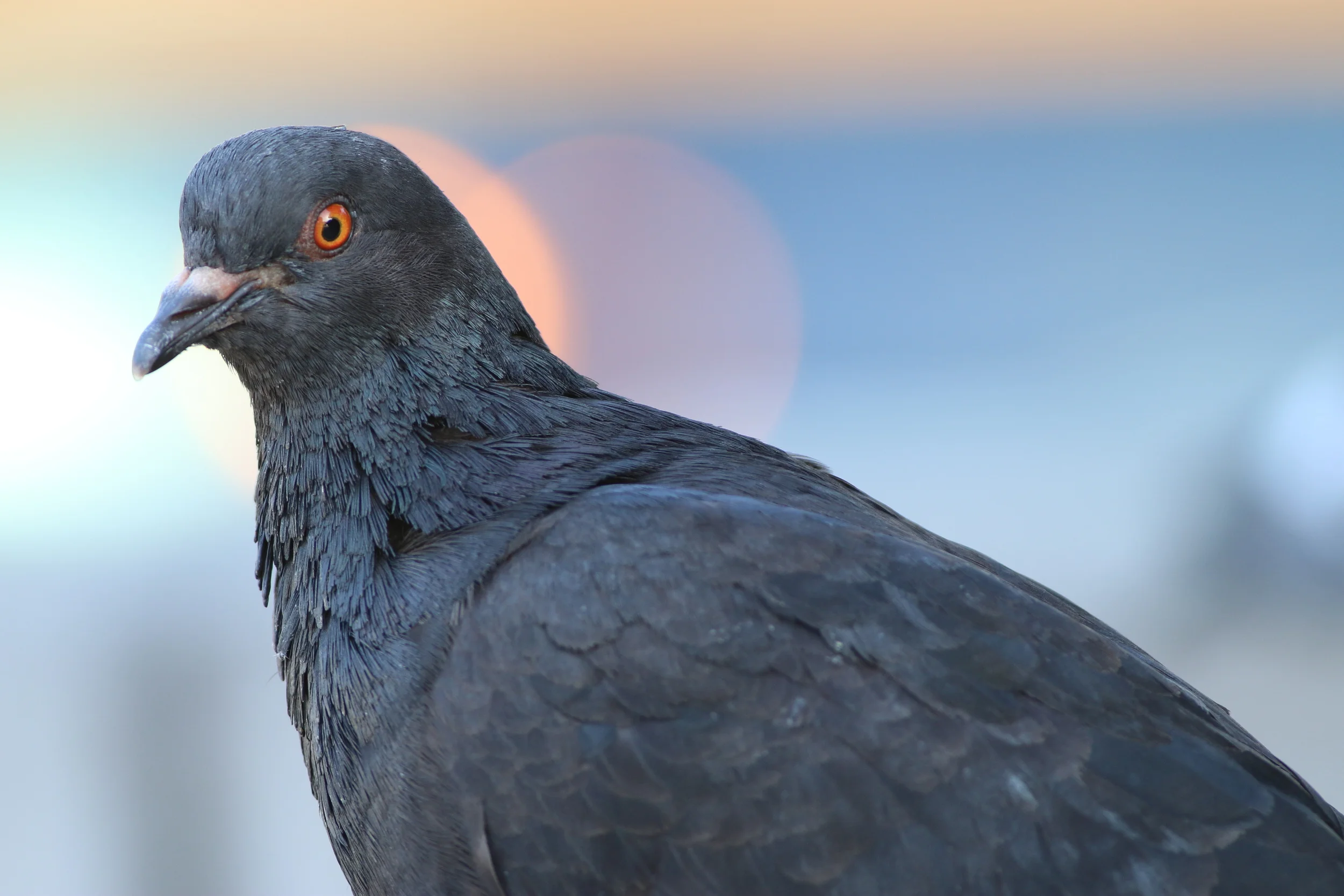BookCon. Analogously, this yearly convention of prominent authors and trending books could be called the “Starry-eyed TeenagersCon” or the “High-pitched screechingCon.” (For those of you familiar with Friends, think of that episode with the line “Aaahhhh we have elbows!”) Because I had a kid sister to drop off on the line of drooling fangirls, I found myself on the West side of New York City with many, many hours to fill. I took off walking through the concrete jungle.
I am the kind of person that could never live in NYC. If a taxi did not kill me, I would become overwhelmed by the fast-paced life and the endless amount of shops and vendors. And most of all, I would miss the natural world. While I respect the trees planted every few meters to shade the sidewalks and the flower arrangements in front of shops, these efforts are a far cry from the Hudson River environment I am used to.
Despite my prejudices, however, one thing I love about the city is the fearlessness of its birds. Even though there are pretty much only three species to be found, the city is chock full of house sparrows, European starlings, and pigeons. And they could care less if I practically walk on top of them. I get a lot of funny looks as I sneak up behind starlings and run after pigeons with my arms out in front of me, playfully pretending to try to catch one. Although I am told constantly that they are the avian version of rats and are riddled with disease, I cannot help but fantasize how wonderful it would be to stroke their soft, iridescent feathers that glisten with shades of purple, green and navy. Even more striking than their feathers are their eyes: jet-black pupils surrounded by a gleaming ring of orange tinged with yellow bursts towards the center and edges.
I am always floored by how many people live in this giant metropolis. But what I also find remarkable is how many of these people hustle by the pigeons without even acknowledging their existence. I suspect that for many who live here these birds are nothing more than part of the background of city living, hardly worth paying attention to except to shoo them away. Which is unfortunate, because the pigeon is actually a fascinating bird. Like most things that live in NYC, the pigeon, also known as a “rock dove,” is invasive. Though now widespread throughout cities of the world, the pigeon is native to northern African and southern Europe. Fossils have been found in Israel that are over 300,000 years old! The first rock dove was brought to North America in 1606 at Port Royal, Nova Scotia and has since proliferated. There are over 1,000,000 pigeons in New York City alone.
Domestic Pigeon Hybrid
Really, pigeons do get an unfair rap. They are considered the number one pest bird in the United States because of the diseases they spread and the aesthetic damage they cause with their droppings. But it seems unfair to harbor such bitterness against these birds for something they cannot control. Moreover, pigeons have lived alongside humans so closely that they have been domesticated animals for thousands of years. In fact, the color variation that can be found in New York pigeons occurs because of breeding between true wild rock doves and escaped domestic, “feral” pigeons. As a result of domestication, people were able to take advantage of the pigeon’s innate homing ability to have pigeons send messages. Historically, these pigeons have an impressive resume: “carrier” or “messenger pigeons” were used in Ancient Greece to proclaim the winner of the Olympics. In modern times, pigeons with homing abilities were used in war as “war-pigeons.”
We humans went so far as to award thirty-two pigeons with medals for their bravery during World War II. I am not quite sure what those birds did with those medals. But as I watch a man angrily chase off a small flock of pigeons that had landed on his vending cart, I am sure that those heroic pigeons would have preferred instead something a bit more useful. Perhaps some appreciation for their species as a whole would have been nice…

